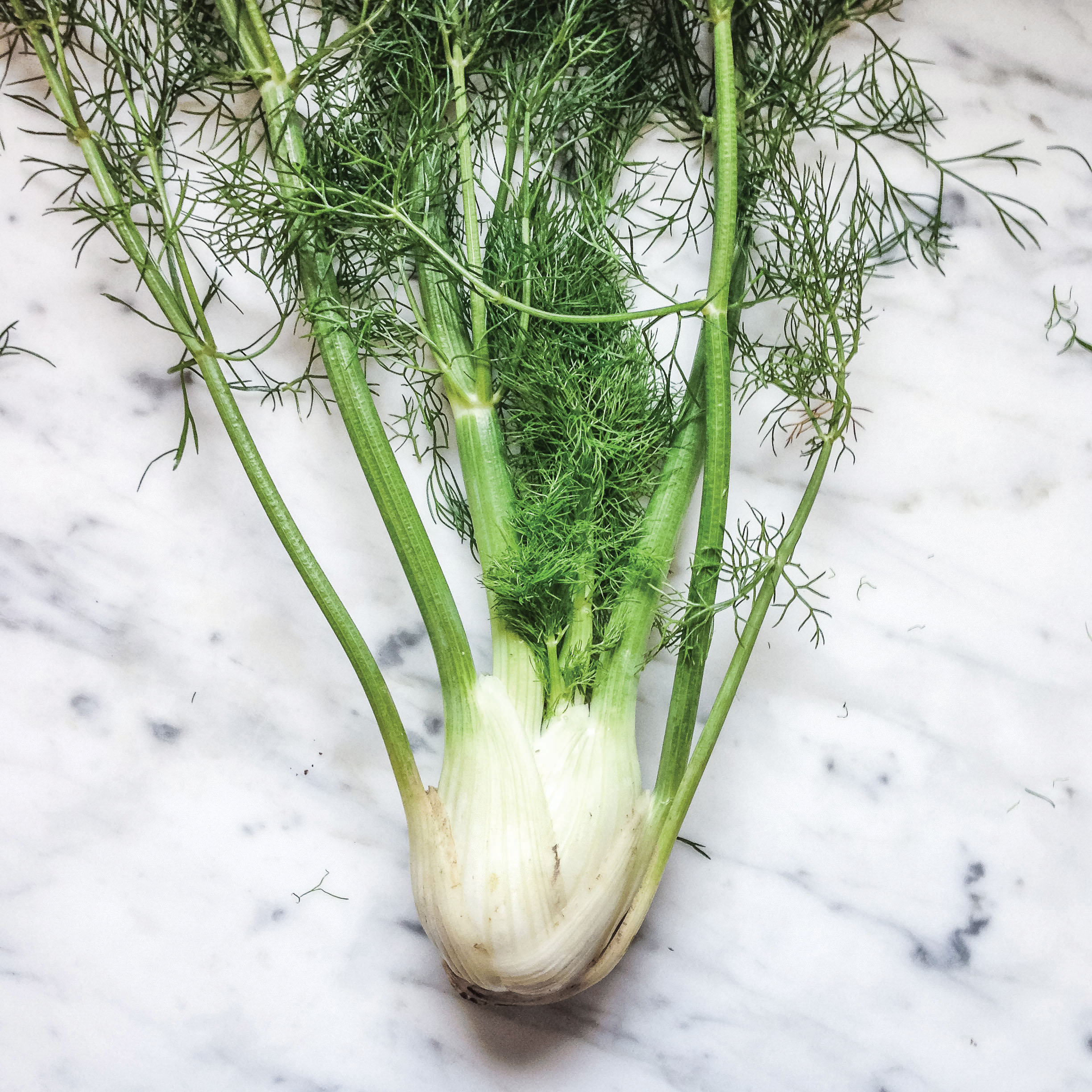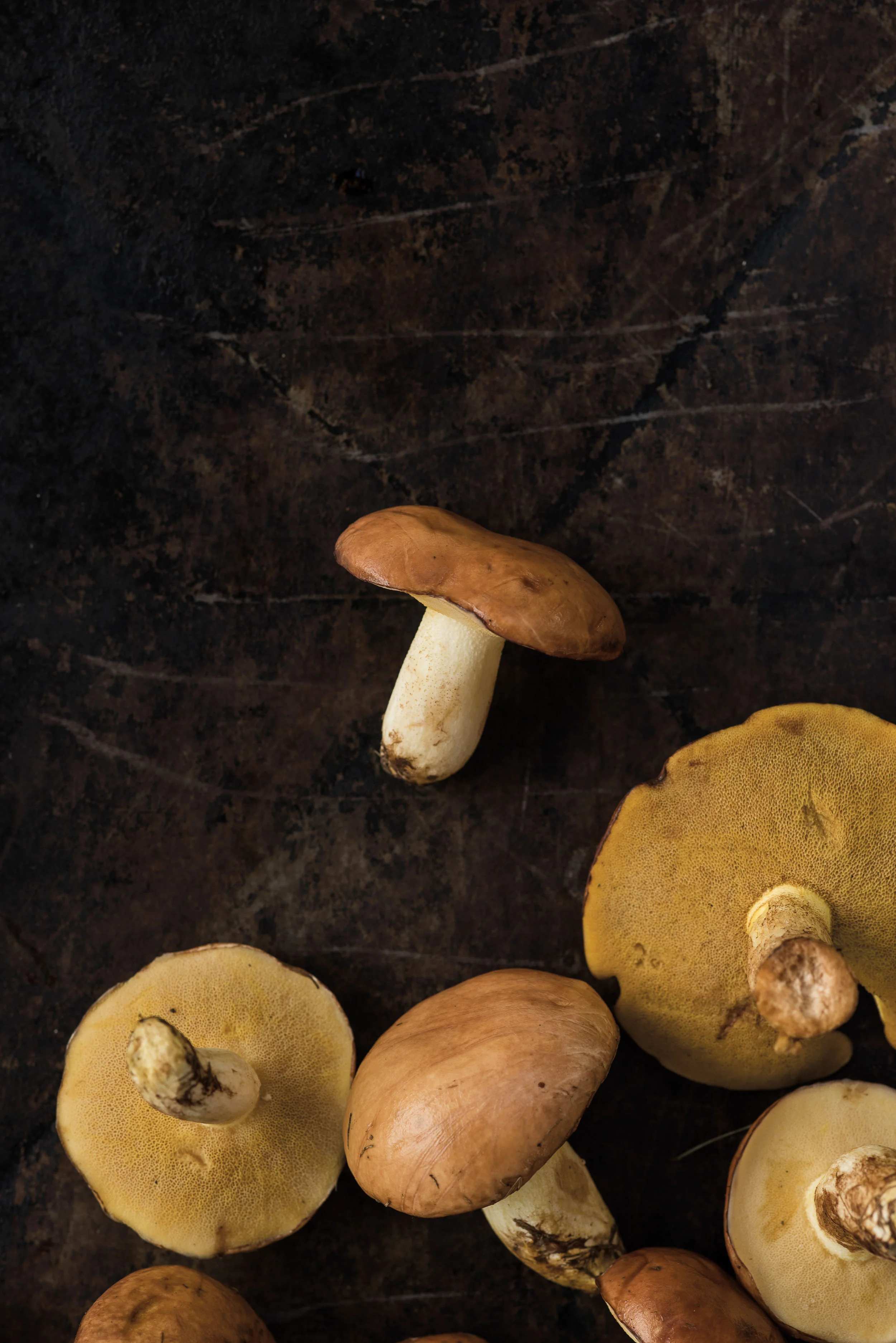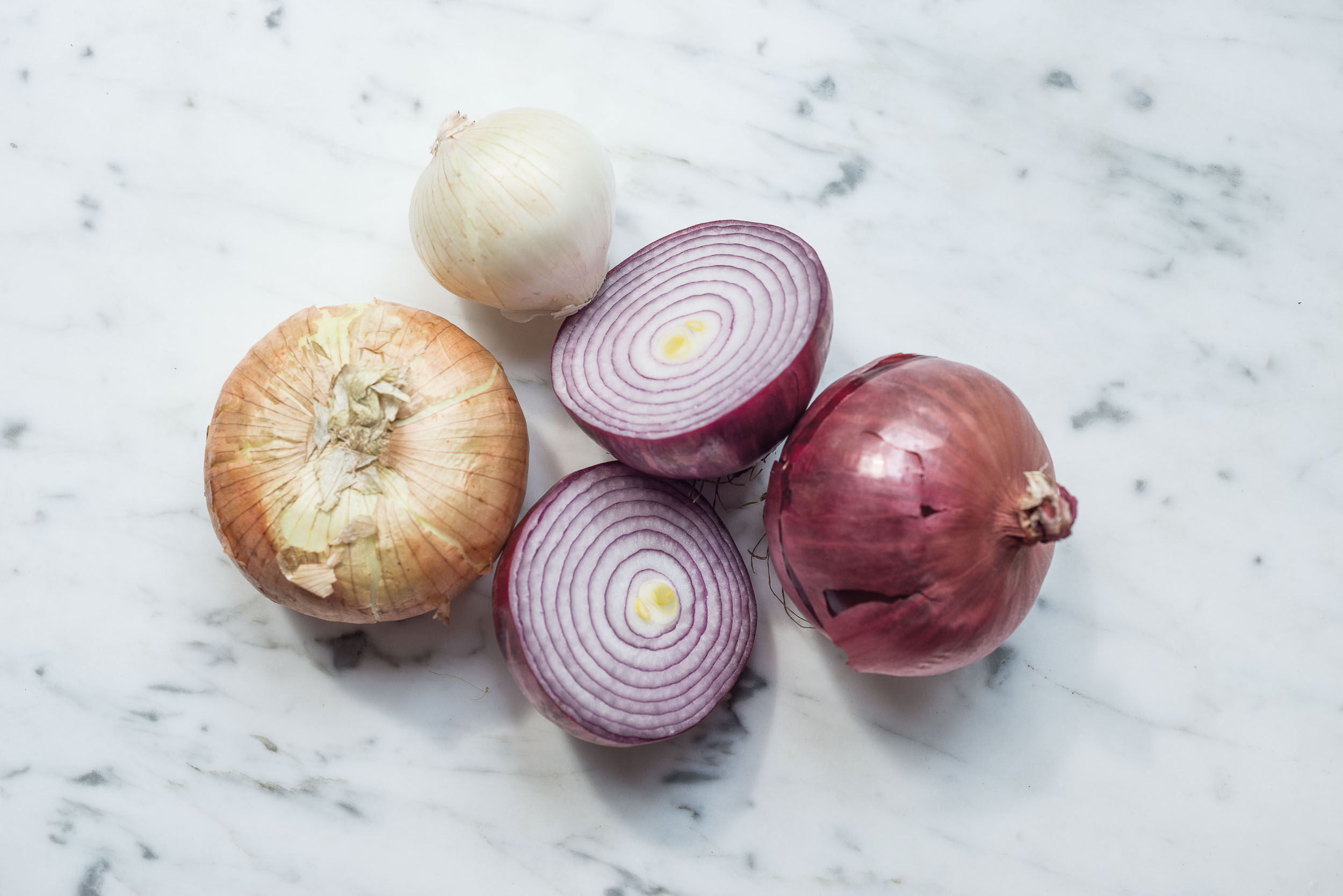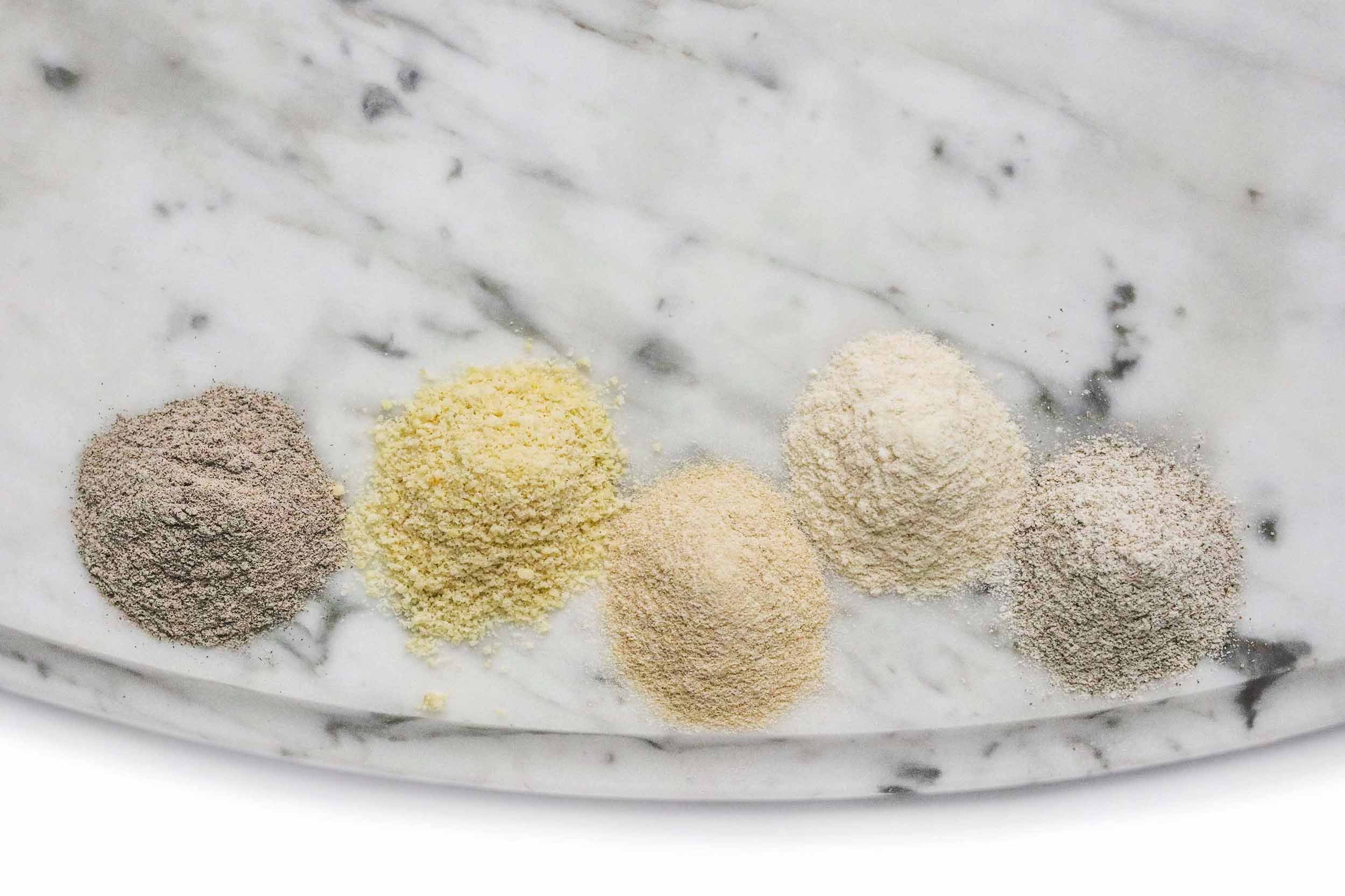Ingredient: Domestic Rice

RICE IS A STAPLE FOR 3.5 BILLION PEOPLE WORLDWIDE. YOU MIGHT BE SURPRISED THAT IT’S GROWN WIDELY IN THE U.S.
Paella. Sushi. Risotto. Jollof. Rice is a foundational food in cuisines around the world. No other crop has fed more people for a longer period of time. For such a humble staple, it sure is versatile.
If your mind’s eye immediately conjures images of rice paddies in Southeast Asia, you might be surprised to know that rice is widely grown in the U.S. and has been for generations. Rice was a prominent crop in pre-Civil War America, grown with labor—and, more important, expertise—of enslaved people taken from the African continent.
The two domesticated species of rice, Oryza sativa (known as Asian rice) and Oryza glaberrima (African rice), landed on American shores at different places and different times, and both are still cultivated here. Rice is commercially grown in Arkansas, along the Mississippi Delta, the Gulf Coast, in California’s Sacramento Valley, and, on a smaller scale, in the South Carolina Lowcountry. Wild rice—not a grain, but an aquatic grass—is harvested in Wisconsin and Minnesota.
From the collection of La Biblioteca Universitaria de Sevilla, The Rice-bird, Hortulanus Caroliniensi, from the illustrated guide The Natural History of Carolina, Florida, and the Bahama Islands, Vol. I, 1754, by English naturalist Mark Catesby.
RICE GROWING REGIONS
California State researchers developed the Oryza sativa variety Calrose in the 1940s, and today 85% of the state’s production is that strain. You’ll find the Botan brand of Calrose rice in pretty much any grocery store in our area. In fact, it’s exported and quite popular in Korea.
Calrose is a mild-flavored medium-grain rice that cooks to a slightly soft, sticky consistency. It’s a blank canvas for bold ingredients like soy sauce, herbs, and spices. Its texture makes it ideal when you need a rice that sticks together in a shape, like sushi, or when you want the grains to hold up, like a soup or grain salad.
Delta & Gulf Coast Texas, Louisiana, and Arkansas grow a wide range of hybrids of the Asian variety, mostly long-grain rices and some aromatic jasmine types. These rices star in local dishes like Tex-Mex-style rice, jambalaya, and red beans and rice. These products might be a little trickier to find in our area, but you might see Rice Select’s Texmati brand on shelves; Texas, Doguet’s, and Cajun Country are other brands.
Great Lakes Wild rice is native to North America and grows predominantly in the Great Lakes region. For many years, nearly all the wild rice produced in the world came from Minnesota, and most still does. Wild rice is a high-protein alternative to grains; it’s as good a food source for wildlife as it is for people. It has a nutty, earthy flavor that can be pretty intense, so it’s often combined with brown rice or other grains that have a similar cooking time. It’s great in salads, soups, and casseroles.
Lowcountry Because it was historically cultivated by enslaved people, it’s not a surprise that the rice that’s grown in coastal South Carolina is the Oryza glaberrima variety. Rice production in this region is mounting a huge comeback after declining to almost nothing in the decades following the Civil War; the last commercial crop was harvested in the late 1920s. But in the 1980s, Dr. Richard and Patricia Schulze began restoring old rice ponds on their property near Hilton Head Island; their search for heirloom rice that would have been cultivated there in the Civil War era led them to a seed bank at a U.S. Department of Agriculture research center in Texas. Under the stewardship of the Schulzes and others, the Carolina Gold variety has been reintroduced with great success; it’s been designated to the Slow Food Foundation’s Ark of Taste.
Carolina Gold is a medium-grain rice with a nutty flavor and cooks to a soft, starchy consistency. Two commercial outfits, Anson Mills and Carolina Plantation Rice, aggregate rice from growers across the region, and their products are becoming more available to Ohio Valley cooks. Look for the Marsh Hen Mill brand at Dorothy Lane Market and Redden Fine Meats. Find Carolina Plantation rice at Madison’s at Findlay Market. Anson Mills is another prominent brand.
RICE COOKING TIPS
To make a fluffier rice with separate grains, spread cooked rice out on a rimmed baking sheet and bake in a preheated 300°F oven for about 5 minutes to dry.
Always stir rice with a fork, never a spoon, to fluff and separate the grains.
Stir in flavorings and fat after the rice is cooked, then cover the pot with a towel and the lid to steam for about 10 minutes before serving.
To rinse rice before cooking or not? It removes some of the exterior starch, which makes for a fluffier, less creamy finished product—but it also washes away some nutrients. (Here at the Edible Ohio Valley Kitchen, we are of mixed opinions on rinsing.) So do what you like.
BUSTING THE MYTHS OF RICE
Rice has gotten a bit of a bad rap for two reasons: It’s not nutritious and it’s difficult to cook. Both of those reasons are faulty, though.
White rice is processed to remove the outer bran, which does eliminate some of the fiber and nutrients. But specialty brands are less processed and retain more of the good stuff. Brown and wild rice, of course, are richer in fiber and therefore more filling than white grains. And white rice includes carbohydrates, which casts it out of favor among diet trends like low-carb or keto.
But a serving of rice makes a hearty base for vegetarian dishes like curry or stir-fry or beans and greens. Millions of people worldwide eat rice at least once a day. Longevity expert Dan Buettner, who coined the term “Blue Zone” to describe Mediterranean countries (and their related food cultures) whose citizens are uncommonly healthy and long-lived, is turning his attention to American foodways for health. He has cited Carolina Gold rice as a component of a healthy diet.
The knock on rice that it’s hard to cook is also misguided. Yes, you can certainly scorch it if you cook it over too-high heat. If that’s been a problem for you, try the pasta method, which easily yields tender grains.
Or, consider acquiring a dedicated rice cooker. There are many inexpensive electronic cookers, and if you make rice frequently this small appliance would be worth the space in your cabinet.
Even better, try a traditional clay pot like a Japanese donabe or Mexican cazuela. These analog cookers are beautiful enough to keep on the stove full-time. Edible’s own Julie Kramer loves her donabe (introduced to her by her neighbor Ruth Anne Wolfe), a clay pot with an attractive shape and double lids that generates foolproof results. The porous material and lid structure vent steam perfectly and retain the ideal heat. For LeCreuset fans, the brand offers a cast iron version with a double lid.
Next time you’re shopping a specialty grocer, pick up a bag of domestic rice and cook it up. Make a flavorful salad, stir it into chicken soup, spoon it under grilled fish with a lively tomato salsa. You’ll be delighted by how flavorful and perfectly textured American rice can be.
HOW TO COOK RICE
PASTA METHOD
Bring a large pot of water to a boil, then add rice. Lower to a simmer and cook, stirring occasionally, until rice is cooked through, about 11 minutes. Drain rice and return to the same pot. Steam rice over very low heat, stirring constantly, until excess water has evaporated, about 1 minute.
ABSORPTION METHOD
For long- and medium-grain white rice: Combine 1 part rice and 2 parts water. Bring to a boil, then reduce heat to simmer, cover, and cook for 15 minutes. Remove from heat and rest for 5 minutes. For wild rice: Combine 1 part rice and 4 parts water. Bring to a boil, then reduce heat to simmer, cover, and cook for 45–55 minutes. Remove from heat and rest for 5 minutes.
DONABE METHOD
Mainly for Japanese-style rice (any rice will do). For white rice: Combine equal parts water and rinsed rice in a donabe rice cooker. Cover with both lids and set on a gas burner at medium-high. After 10–15 minutes (when steam escapes the top lid) turn off the heat. Let the donabe sit undisturbed while it continues to steam for 15–20 minutes. Rice can remain covered in the pot for an hour or more before eating. For brown rice: Soak for 8 hours in water before cooking; drain. Combine 1 part rice and 1.7 parts water in the pot; cook for 35 minutes and let stand for 30–40 minutes.
NUTRITION
Per 1 cup (cooked) white rice: 206 calories; low (~0 grams) in fat, cholesterol, sodium, vitamins, and minerals; 45 grams carbohydrates; 4.3 grams protein
Per 1 cup (cooked) brown rice: 216 calories; 44 grams carbohydrates, 3.5 grams fiber, 5 grams protein; moderate amounts of vitamins and minerals
Per 1 cup (cooked) wild rice: 166 calories; low in fat, cholesterol, sodium; 35 grams carbohydrates; 7 grams protein; moderate amounts of Vitamin B6 and Magnesium
Bryn’s long career in publishing took a left turn sometime around 2010, when she discovered the joy of food writing. Since then, she’s found professional nirvana as the editor of Edible Ohio Valley, author of The Findlay Market Cookbook, and occasional instructor at The Cooking School at Jungle Jim’s. Find her seasonal recipes at writes4food.com.






